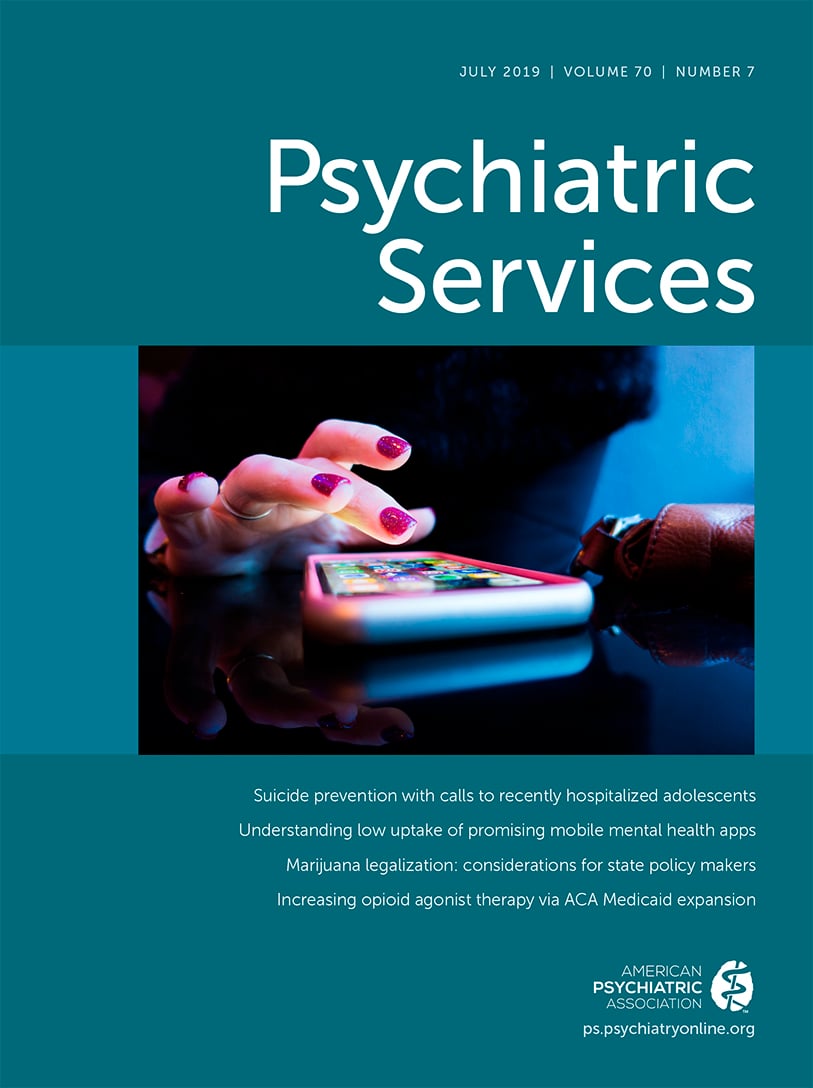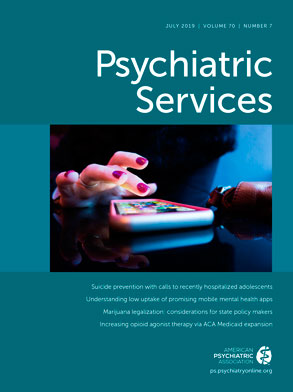National opioid-related overdose deaths have increased dramatically, from 2.9/100,000 people in 1999 to 13.3/100,000 people in 2016. Opioid overdose deaths are particularly high in homeless populations and are a leading contributor to the increased mortality rate among homeless versus housed individuals. Oakland, California, serves as a microcosm of these issues, in that homelessness has increased 21% in the past 2 years and opioid-related emergency visits are the highest in Alameda County. To address the barriers that prevent people experiencing homelessness from accessing office-based buprenorphine treatment, Alameda County Health Care for the Homeless developed a low-barrier, mobile buprenorphine program in 2018.
After conducting a literature review and stakeholder interviews, we reviewed the historical antecedents of homelessness to ensure nonjudgmental interactions with patients. Systemic racism and socioeconomic inequality—housing segregation, punitive drug policies, income inequality, and community violence, among other influences—have resulted in community trauma that is pervasive in homeless populations. In Oakland, homelessness disproportionately affects people who are African American. This background provided the foundation for all components of this program.
Flexible policies were key to addressing common barriers to buprenorphine treatment, such as physical constraints, strict inclusion criteria, medication diversion concerns (sharing of prescription medication), and financial concerns. We implemented street inductions to circumvent logistical brick-and-mortar clinic limitations and avoid creating transportation burdens. We excluded patients from buprenorphine treatment only if medically necessary. In those cases, we provided referrals and offered transportation to clinic appointments. Adolescents and pregnant women were immediately referred. Otherwise, we considered referrals only when concerned about liver disease or heavy, chaotic benzodiazepine and alcohol use. Patients experiencing homelessness are often deemed ineligible for buprenorphine treatment because of concern about medication diversion. While prescribers must consider this possibility when utilizing controlled substances, strict urinary toxicology screen requirements can act as a barrier to treatment. Rather than completing this screen in the field, patients completed one in the clinic at follow-up. We further prevented diversion by consulting the Controlled Substance Utilization Review Evaluation System (CURES). If diversion was suspected, we shortened the prescription duration and requested a count of remaining medication films rather than terminating treatment.
The next goal was to ensure medication access through insurance assistance and pharmacy partnerships. We either activated patients’ Medicaid insurance or accessed a county emergency fund until insurance could be obtained. Even with insurance, patients experiencing homelessness often face discrimination and logistical barriers at pharmacies (e.g., lack of photo identification). Therefore, we partnered with community pharmacies to set up buprenorphine stocking and patient identification agreements, and we distributed transit passes or arranged direct transportation to the pharmacy.
Our patient engagement strategy was to meet patients where they were. We did this by employing clinicians who regularly visited homeless encampments, including a 0.4 full-time-equivalent (FTE) psychiatrist, a 1.0 FTE nurse care manager (NCM), and a 1.0 FTE outreach worker. The initial target population of this program included three stable encampments, two of which had known opioid use concentrations. One formidable barrier to providing buprenorphine to patients experiencing homelessness is the need for a reliable means of communication and follow-up, and scheduled visits to these encampments allowed us to meet clients where they live. Prescribers met and counseled interested patients and offered referrals to support groups and therapy. We followed up with patients within 1 week in the field or clinic, with the time frame determined by clinical need. The NCM also maintained cell phone availability for the follow-up interval. Whenever possible, we linked patients to brick-and-mortar clinics for follow-up and comprehensive services.
Finally, the harm reduction principles of reducing negative outcomes for and respecting the rights of people who use drugs are integral to the ethical foundation of this program. Overdose prevention was thus an important consideration in program design, and to this end we partnered with a harm reduction organization to provide naloxone and track its use. We also connected with emergency departments to help in the event of an overdose reversal.
Clearly, traditional buprenorphine delivery models do not reach some patients who are most in need. This program was designed to address the barriers preventing buprenorphine access for patients using opioids and experiencing homelessness. We have prescribed buprenorphine for 21 such patients through this program. We are in the process of formally evaluating the preliminary reach and efficacy of this program to ensure the highest-quality care for these homeless individuals with opioid use disorders.

